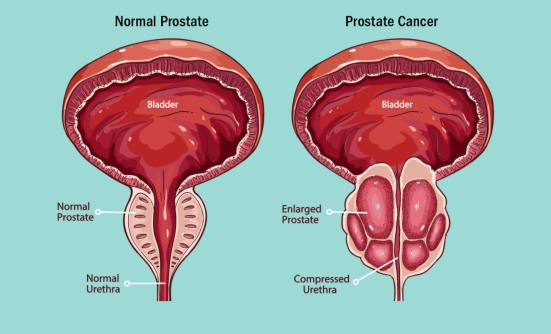Bonnie J. Addario, Chair of the California-based Bonnie J. Addario Lung Cancer Foundation, works every day to dispel misinformation about lung cancer. Here are four of the all too common myths that have stood in the way of lung cancer diagnosis, treatments, research funding and patient support.
Myth #1: Young people don’t get lung cancer
The general conception in the community is that young people don’t get lung cancer, but this is just not true. It’s estimated that about 13 percent of all people diagnosed with lung cancer are under the age of 50—that’s about 30,000 people a year in the United States alone.
“We see this way too often—a young person has a persistent cough for months, and because of this misconception that young people don’t get lung cancer, they’re not given a CT scan to rule out cancer,” Addadio says.
Myth #2: Only smokers get lung cancer
Lung cancer is not exclusive to smokers. In fact, the vast majority of people diagnosed with lung cancer aren’t current smokers.
“Two thirds of the people diagnosed with lung cancer now were either never smokers or they quit smoking decades ago,” Addario says. “Even if that wasn’t the case, we should be helping everyone with cancer!”
While carcinogens like the ones found in cigarettes do contribute to lung cancer, they can also come from many other sources in the environment, such as radon and industrial chemicals.
Addario added that people often forget that lung cancer is not the only potential consequence of smoking.
“There are 31 other diseases associated with smoking, such as heart and vascular disease and quite a few other cancers. So to single out lung cancer as the only disease associated with smoking is harmful in a couple of different ways: it stigmatizes people diagnosed with lung cancer, and it ignores other diseases that smokers are at high risk of developing.”
Myth #3: Lung cancer is a death sentence
On the surface, lung cancer looks grim: about 17 percent of patients survive. But that statistic doesn’t take a couple of things into consideration, according to Addario.
“First, between the one- and five-year mark, the survival rate is really starting to skyrocket,” she says. “If it’s detected when the disease is still in the lungs, the survival rate jumps to 53.5 percent. Genomic testing and targeted therapies play a role in that, but early detection is so important.”
Second, genomic testing has led to a dramatic increase in soon-to-be available treatments.
“Right now, there are 23 promising drugs on the horizon,” she says. “When I was diagnosed with lung cancer in 2004, there were five drugs available. We are really entering a decade of hope for chronically managing lung cancer.”
The Bonnie J. Addario Lung Cancer Foundation works to identify validated lung cancer biomarkers that can be used for targeted treatments in young lung cancer patients. The Foundation’s Genomics of Young Lung Cancer study showed that more than 75 percent of young lung cancer patients have targetable mutations against which there are FDA-approved drugs. For more information about this research, visit https://www.openmednet.org/site/alcmi-goyl.
Myth #4: In women, lung cancer is rare compared to breast cancer
Breast cancer may receive the lion’s share of the spotlight and funding, but lung cancer is actually the deadliest cancer in women. In 2012, across all developed countries, more than 200,000 women died of lung cancer, compared to 197,000 for breast cancer. In 2015, researchers estimate that in the U.S. alone there will be about 40,000 deaths from breast cancer and 71,000 for lung.
“We’re constantly thinking about breast cancer, which is great, but we also need to add lung cancer to the conversation,” says Guneet Walia, PhD, Senior Director Research and Medical Affairs, ALCF.
According to Dr. Walia, current statistics indicate that women are twice as likely to be diagnosed with breast cancer than lung cancer—1 in 8 women will be diagnosed with breast cancer compared to 1 in 16 with lung cancer—but lung cancer is actually underdiagnosed and the ‘cure’ rate is relatively lower as the disease is diagnosed too late.
“Few people think about getting screened for lung cancer, but we all think about getting mammograms,” says Walia. “For women, this is particularly dangerous because female smokers are twice as likely to get lung cancer as men, even if they smoke fewer cigarettes for a shorter period of time. The Addario Lung Cancer Foundation is funding research to investigate the underlying causes behind the gender differences in lung cancer incidence, mortality, risk factors etc., but it’s important to shift the conversation, too.”















